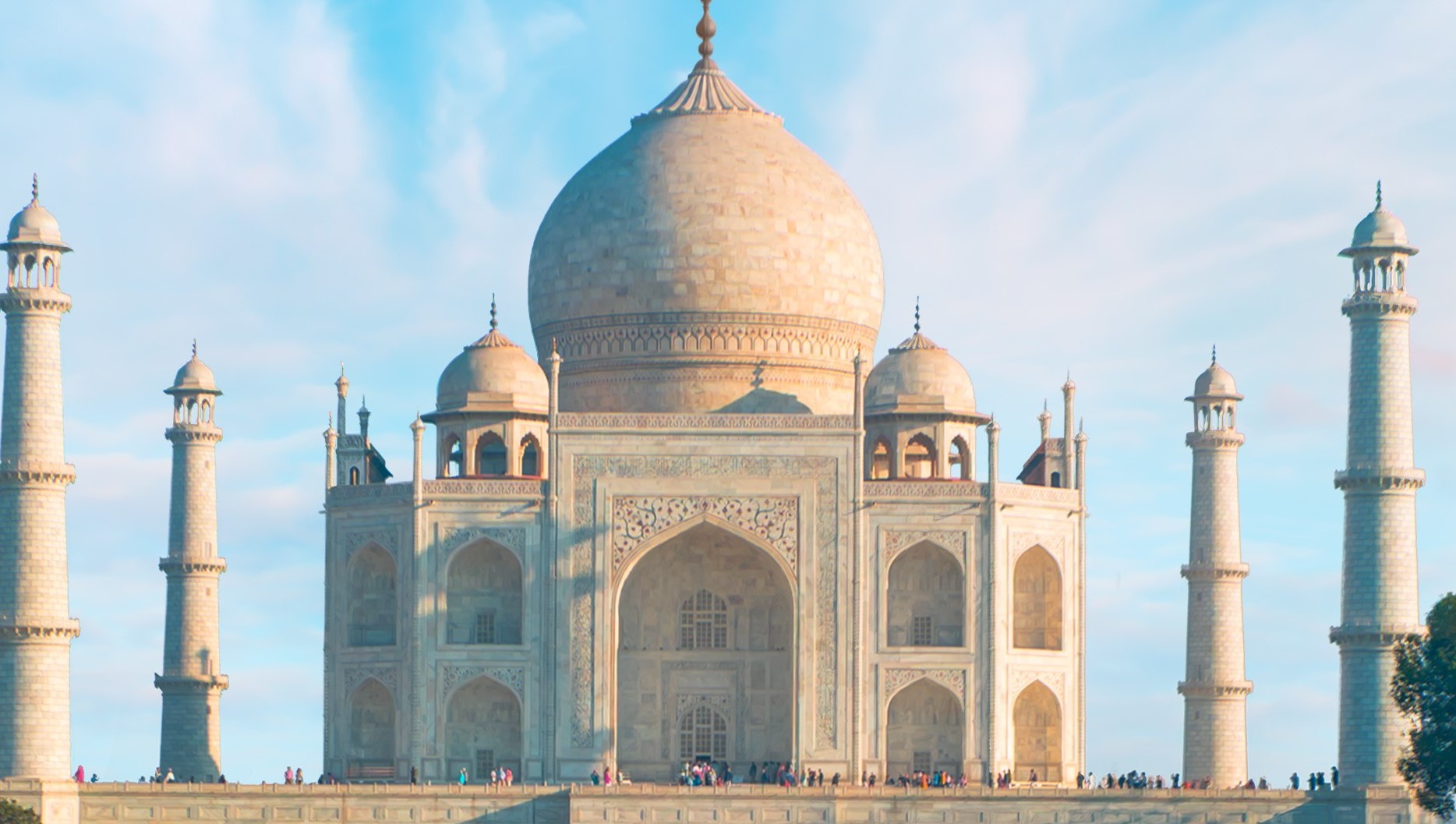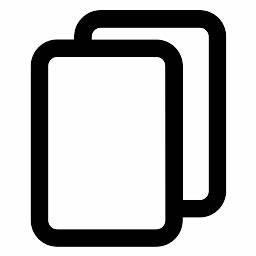U.S. Clean Air Trade Mission to India
U.S. Clean Air Virtual Trade Mission
NEW DATES: June 28-30, 2022
The Clean Air Virtual Trade Mission delegation will assist U.S. companies in the environmental technologies industry with identifying export opportunities in India. The mission will focus on environmental technology subsectors specifically related to air quality, monitoring, weather forecasting, and pollution control – all key issues in India impacting environmental and personal health, as well as economic development. Delegates will gain market insights, make industry contacts, meet with government agencies, solidify business strategies, and advance specific projects.
The mission will include group interaction with government agencies, industry experts, and customized one-on-one business appointments with pre-screened potential agents, distributors, partners, and buyers.
Why You Should Join
By joining this virtual trade mission, U.S. companies will be able to:
- Gain market insights
- Make industry contacts
- Meet with government agencies
- Solidify business strategies
- Advance specific projects
- Identify potential partners and buyers
- Participate in customized virtual introductions with pre-screened buyers, agents, distributors, and partners
How to Apply
Applicants must submit a completed and signed application completed and signed application and supplemental application materials, including adequate information on their products and/or services, primary market objectives, and goals for participation no later than March 15, 2022. Applications may be accepted after this date if space remains and scheduling constraints permit.
Submitting an application is an indication of your interest to participate in the mission. No fees are due at the time of registering your intent to join the mission. Once you are invited to join the mission, payment of mission fees and the signature of the participation agreement are then due in order to participate in the mission.
Virtual Trade Mission Schedule
| Date | Program |
|---|---|
| Tuesday, June 28, 2022 |
|
| Wednesday, June 29, 2022 |
|
| Thursday, June 30, 2022 |
|
Commercial Opportunities
According to the December 2020 Lancet Planetary Health Report, 1,670,000 deaths in India were attributable to pollution in 2019. To put this into perspective, the COVID-19 pandemic caused 150,000 deaths in 2020. Though air pollution is an issue throughout India, the states of Uttar Pradesh, Maharashtra, Bihar, West Bengal, and Rajasthan accounted for more than half of total air pollution-attributable deaths.
India’s persistent air and water pollution problems will create a steady demand for environmental technologies and solutions in the coming years. For 2019, industry experts estimated India’s overall environmental technologies market, including goods and services, to be worth over $23 billion. The International Trade Administration’s 2019 Top Markets Report on Environmental Technologies ranks India as the sixth-largest world market overall, and ninth for air pollution control specifically. India’s Ministry of Environment, Forest & Climate Change (MoEFCC) is the federal agency responsible for the implementation and oversight of environmental laws in the country. The Central Pollution Control Board (CPCB) implements policies framed by the MoEFCC and provides technical services to the Ministry. Enforcement, however, is delegated to the state level through State Pollution Control Boards (SPCBs), or Pollution Control Committees in the seven union territories that answer to state government heads rather than the federal authority.
The most significant laws regulating air pollution control are the 1987 Air Prevention and Control of Pollution Act and the National Ambient Air Quality Standards, revised in 2009. Major initiatives by the Government of India on air pollution mitigation include the National Clean Air Program (NCAP), launched in January 2019, with the objective to reduce pollution levels by 20-30% in the next five years. The NCAP calls for the reduction of emissions, the expansion of air monitoring networks, capacity building for pollution management, and the strengthening of public awareness. The NCAP also sets a target to install 150 new real-time air monitoring stations and to increase the number of manual monitoring stations.
The CPCB, along with several regional pollution control boards, is in the process of issuing tenders for the installation of Continuous Ambient Air Quality Monitoring Stations (CAAQMS) in cities across India. As of October 2020, there were 234 CAAQMS installed in cities around the country. NTPC Limited, a public sector undertaking engaged in power generation and related activities, will provide financial support to the CPCB to procure and install 25 additional CAAQMS in six states and three union territories. The data collected from these stations will be used as inputs to create Air Quality Index evaluations for the respective cities. In addition to the procurement of equipment, these developments will necessitate consultancy services to analyze the data collected, identify the pollution source apportionment, and recommend appropriate actions for pollution abatement. There is also an opportunity for low-cost sensor manufacturing companies to be supplier to the prime bidders.
Since 2014, the Government of India has been monitoring industrial emissions through Online Continuous Emissions Monitoring Systems (OCEMS). There are 17 categories of industrial units that are required to have OCEMS. These include power plants; aluminum, zinc, copper plants; cement plants; distilleries; fertilizers; iron and steel plants; oil refineries; petrochemicals; and tanneries. The emissions monitored under OCEMS regulations include particulate matter (PM), CO (carbon monoxide), NOx (nitrogen oxide), SO2 (sulfur dioxide), and fluoride. In March 2020, India had about 3,700 OCEMS installed in different industrial locations across the country. Approximately 54 percent of India’s installed power generation capacity is fueled by coal-fired power plants. In December 2015, the MoEFCC mandated all thermal power plants to achieve a 60-80 percent reduction in particulate matter (PM), sulfur oxides (SOx), nitrogen oxides (NOx), and mercury emissions by 2022 (likely to be extended). To comply with this mandate, power producers will need to procure and install technology for emissions control. The most challenging piece of the government’s plan will be to retrofit 440 power units of 166.5 Gigawatts (GW) capacity with flue gas desulphurization (FGD) systems by December 2022. NTPC Limited has been the frontrunner in soliciting bids for FGD systems and has already awarded 27.5 GW through December 2019. India is the largest emitter of SOx in the world, accounting for 15 percent of the anthropogenic emissions. FGD installations can help reduce these emission amounts significantly.
The technology segment related to weather monitoring and forecasting is on an upsurge. Target end-users are often the same as industrial air pollution monitoring/control technology suppliers. Critical industries like cement, steel, power, and mining need to protect their assets and operations from extreme weather events. This presents an opportunity for U.S. companies that provide weather forecasting products and services, so this is also a viable component of the Clean Air Trade Mission.
The mission will focus on the following subsectors: (a) industrial air pollution control; (b) air quality monitoring technology; (c) indoor air quality technology, and (d) weather forecasting systems.
Other Products and Services
The foregoing analysis of environmental technologies opportunities related to clean air and air pollution monitoring and control in India is not intended to be exhaustive, but illustrative of the many opportunities available to U.S. businesses. Applications from companies selling products or services within the scope of this mission, but not specifically identified, will be considered and evaluated by the U.S. Department of Commerce. Companies whose products or services do not fit the scope of the mission may contact their local U.S. Export Assistance Center (USEAC) to learn about other business development missions and services that may provide more targeted export opportunities.
Fees and Expenses
| Service | Fee |
|---|---|
| Clean Air Virtual Trade Mission for small or medium-sized enterprises* | $1,000 |
| Clean Air Virtual Trade Mission for large firms or trade associations | $2,800 |
*For purposes of assessing participation fees, an applicant is a small or medium-sized enterprise (SME) if it qualifies under the Small Business Administration’s (SBA) size standards, which vary by North American Industry Classification System (NAICS) Code. The SBA Size Standards Tool can help you determine the qualifications that apply to your company.
Questions?
Haisum Shah
Haisum.Shah@trade.gov
Jing Liu
Jing.Liu@trade.gov

